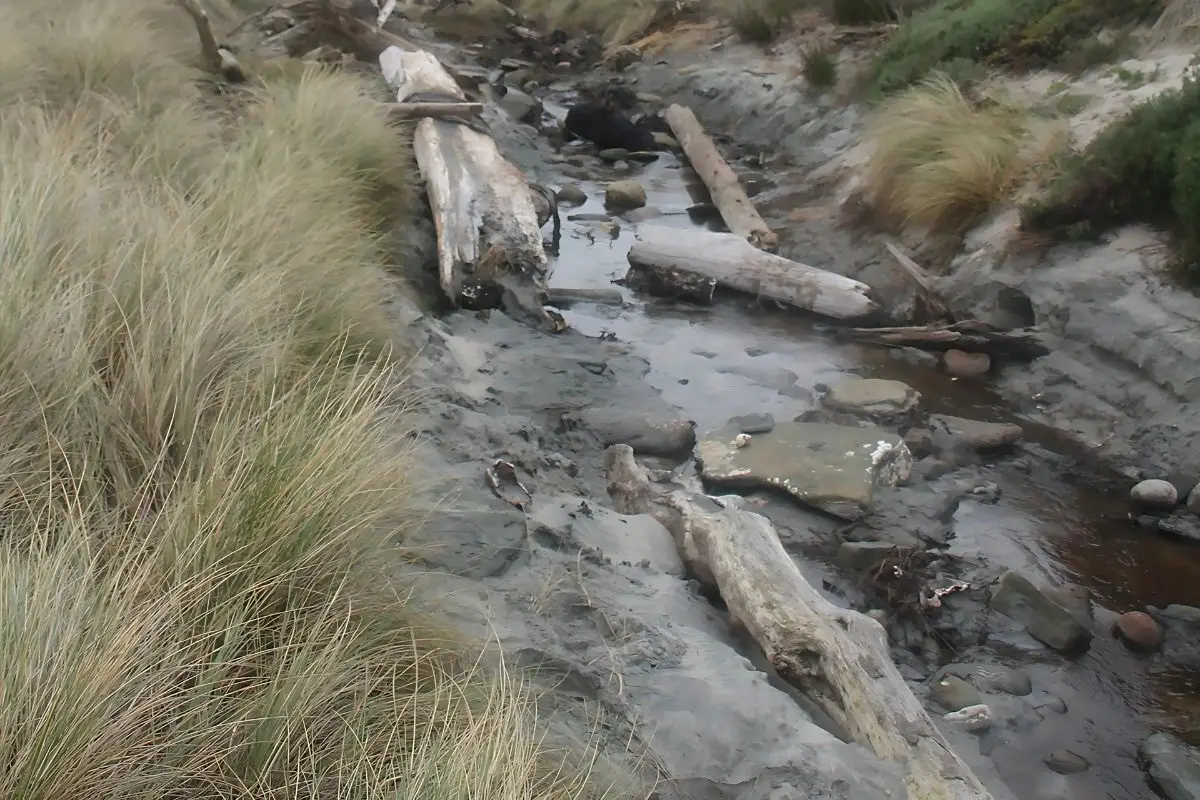The Manatū Taonga Ministry for Culture & Heritage have announced the discovery of a waka canoe on the Chatham Islands.
The Chatham Islands, also known as Rēkohu in Morior, and Wharekauri in Māori, are an archipelago in the Pacific Ocean, located around 800 km (430 nmi) east of New Zealand’s South Island.
The Moriori people first settled on the islands around AD 1500. However, in 1835, the islands were invaded by members of the Ngāti Mutunga and Ngāti Tama iwi from New Zealand’s North Island. This invasion led to the near destruction of the Moriori population, with many being killed and the survivors enslaved.
According to a press statement by the Manatū Taonga Ministry for Culture & Heritage, a local family discovered the exposed remains of a waka, a canoe used for fishing and river travel, traditionally associated with the Māori people.
“We are very grateful to the local family for informing us of the find and caring for the exposed waka and recovered pieces. They have been instrumental in securing the site and in the ongoing monitoring of the waka” said Glenis Philip-Barbara, Pou Mataaho o Te Hononga Deputy Secretary Māori Crown Partnerships, Manatū Taonga Ministry for Culture and Heritage.
Heritage New Zealand Pouhere Taonga has commissioned a team of archaeologists, conservators and other professionals to recover the visible pieces of the waka, while respecting the involvement of the imi and iwi people.
Heritage New Zealand spokesperson Dean Whiting, Kaihautū said: “With the vulnerability of the waka to the elements, time is of the essence, and we are committed to facilitating its careful investigation and recovery.”
Following the processes detailed in the Protected Objects Act 1975, Manatū Taonga has issued a public notice for claims of ownership of the taonga tūturu by the respective communities.
Header Image Credit : Manatū Taonga Ministry for Culture & Heritage
Sources : Manatū Taonga Ministry for Culture & Heritage





